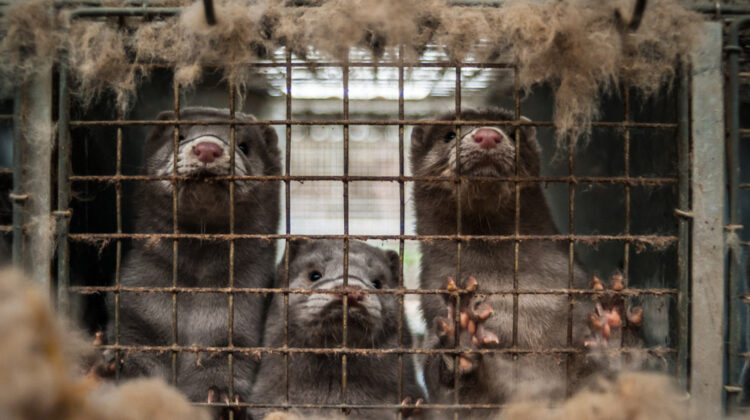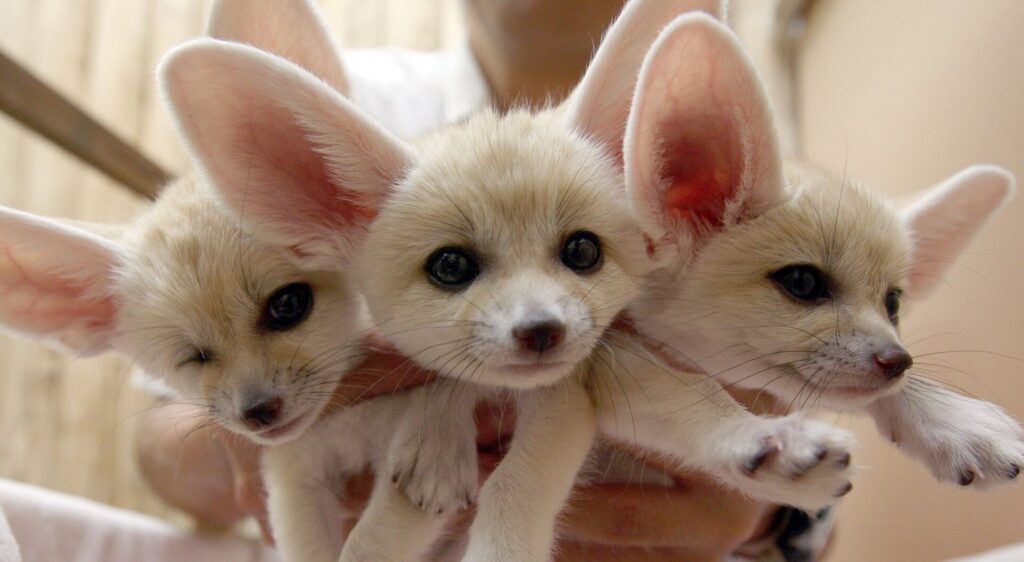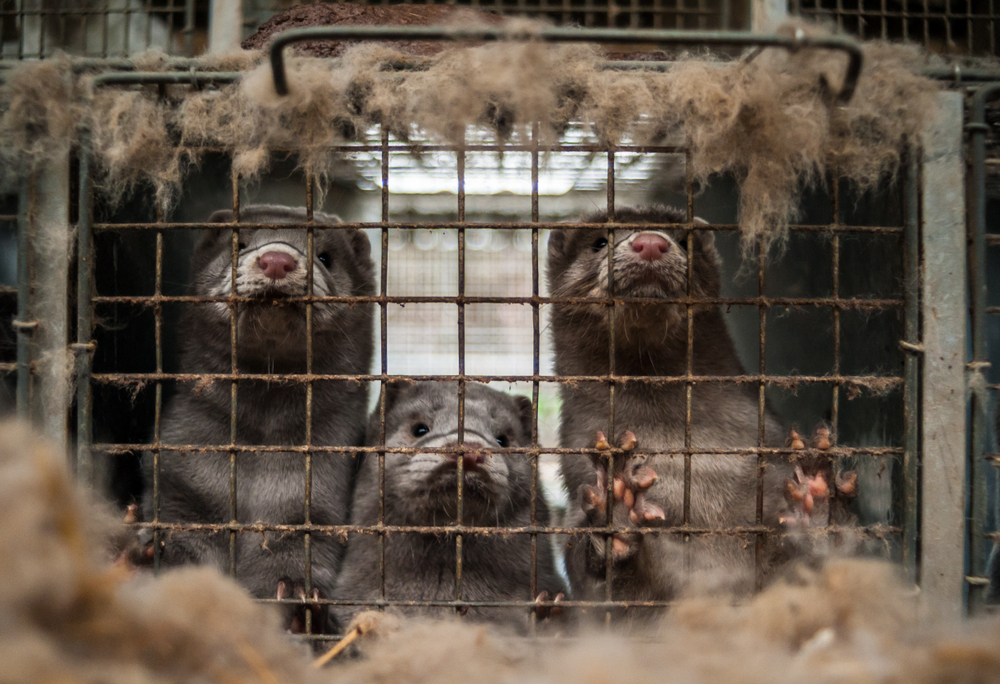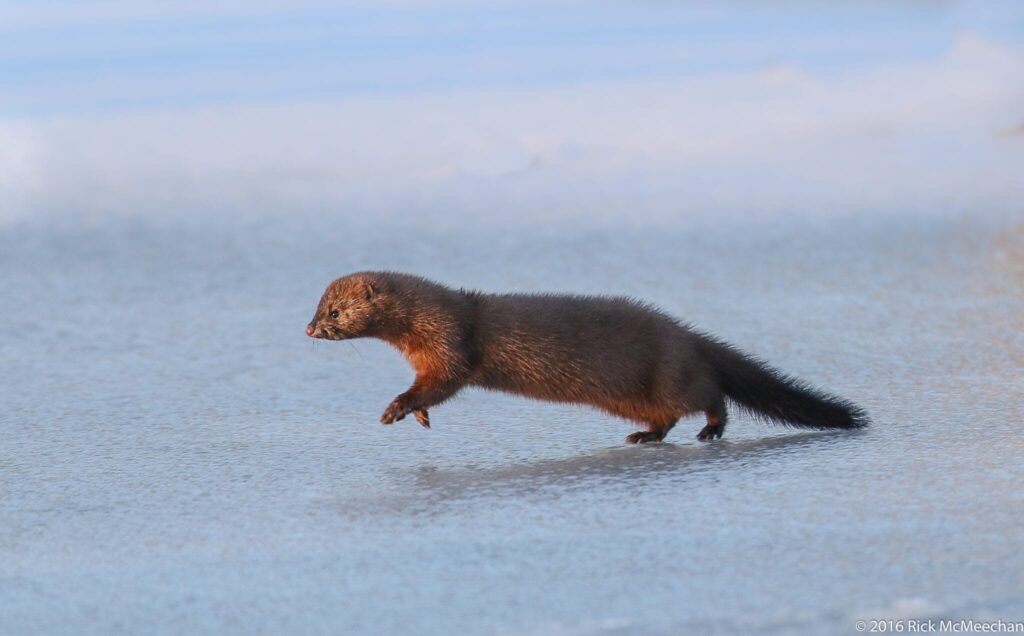
Norway has officially banned fur farming, giving fur farms until February 2025 to shut down. Once a leading producer of mink and fox fur, Norway is now joining a growing list of countries that have chosen animal welfare over profit.
Why Norway Banned Fur Farming
For decades, minks and foxes were kept in tiny wire cages, suffering from extreme stress, untreated injuries, and unnatural confinement before being brutally killed—often by gassing or electrocution. Investigations revealed shocking footage of animals with open wounds, missing ears, and displaying self-mutilating behaviors due to psychological distress.

Animal rights organizations like PETA and the Norwegian Society for the Protection of Animals campaigned tirelessly to expose these cruel practices. By 2018, public opinion had overwhelmingly turned against the industry, leading the Norwegian government to announce a gradual phase-out of fur farming. Now, with the 2025 deadline approaching, Norway is making history by completely shutting down the industry.
The Transition for Fur Farmers
With nearly 200 fur farms still operating at the time of the ban, the government introduced a $50 million USD compensation package to help farmers transition to new livelihoods. Some have moved to traditional livestock farming, while others have explored eco-tourism and renewable energy industries. However, not all farmers accepted the decision easily, with some filing lawsuits over what they claimed was inadequate financial support.

The Global Impact of Norway’s Fur Ban
Norway’s decision is part of a global movement against fur farming. Countries like the UK, Austria, the Netherlands, and Belgium have already outlawed fur production, while France and Italy have imposed restrictions. Meanwhile, major fashion brands like Gucci, Prada, Versace, and Burberry have pledged to go fur-free, reflecting changing consumer attitudes.
Even in places where fur farming remains legal, the industry is shrinking due to growing ethical concerns and sustainable alternatives such as high-quality faux fur. In the European Union, over 1.5 million people have signed petitions urging for a total fur farming ban, showing that public demand for cruelty-free fashion is stronger than ever.

A Future Without Fur Farming
Norway’s fur ban isn’t just about protecting animals—it’s a sign of a larger shift in ethical consumerism and humane policies. As more nations reconsider outdated practices, this decision sets a powerful precedent for a future where fashion is free from cruelty.

Leave a Reply